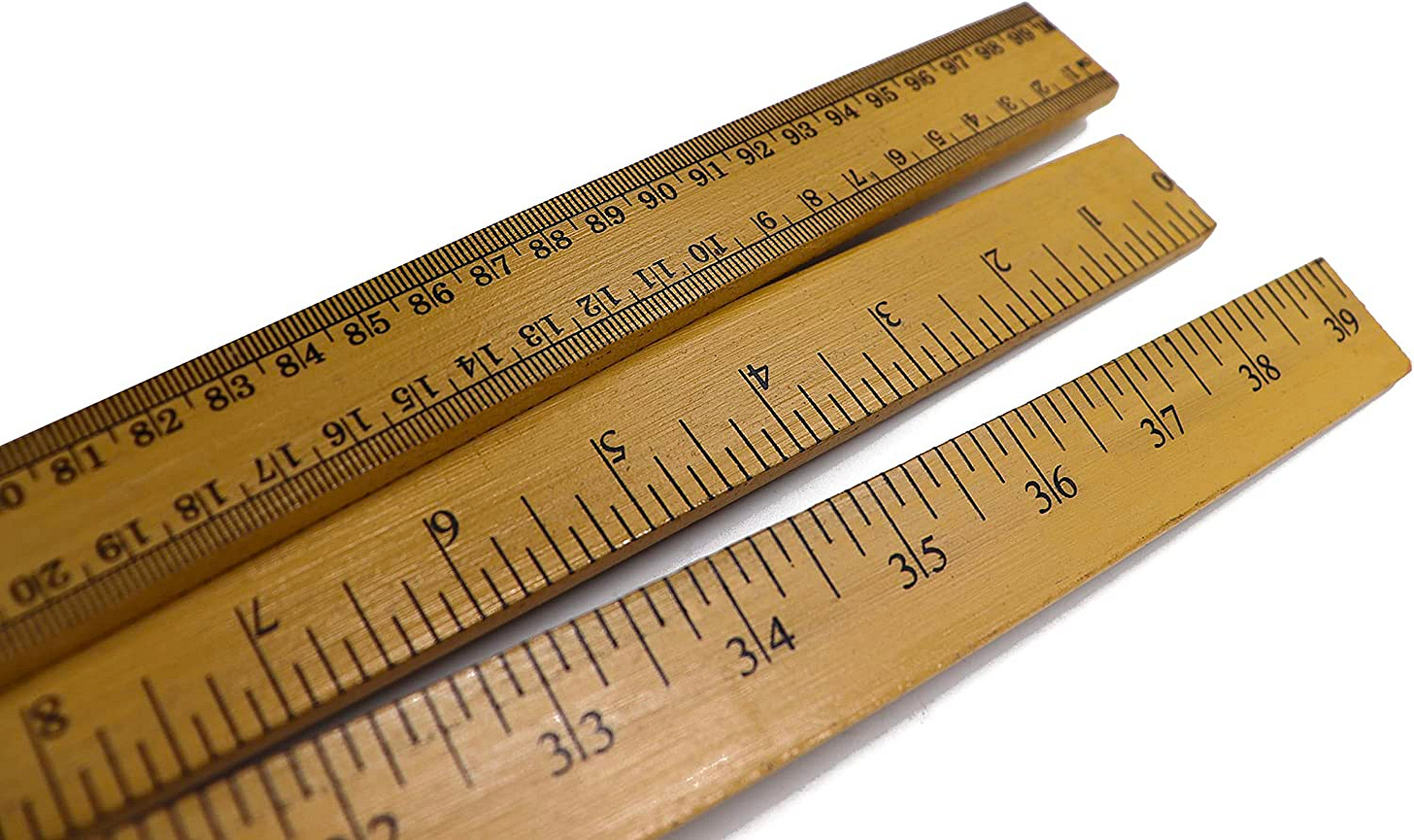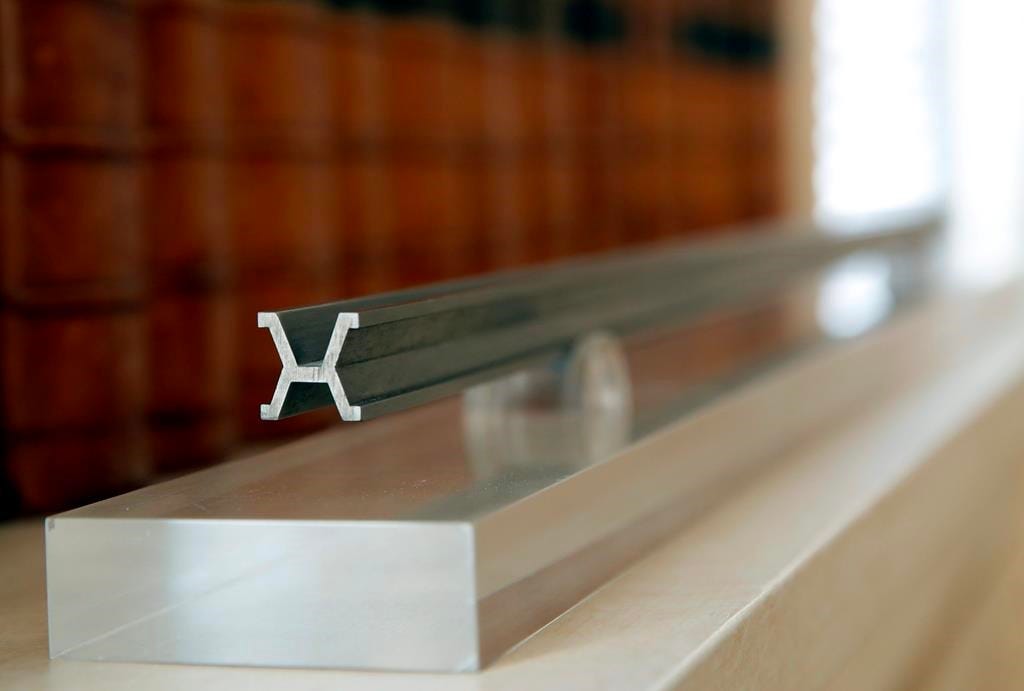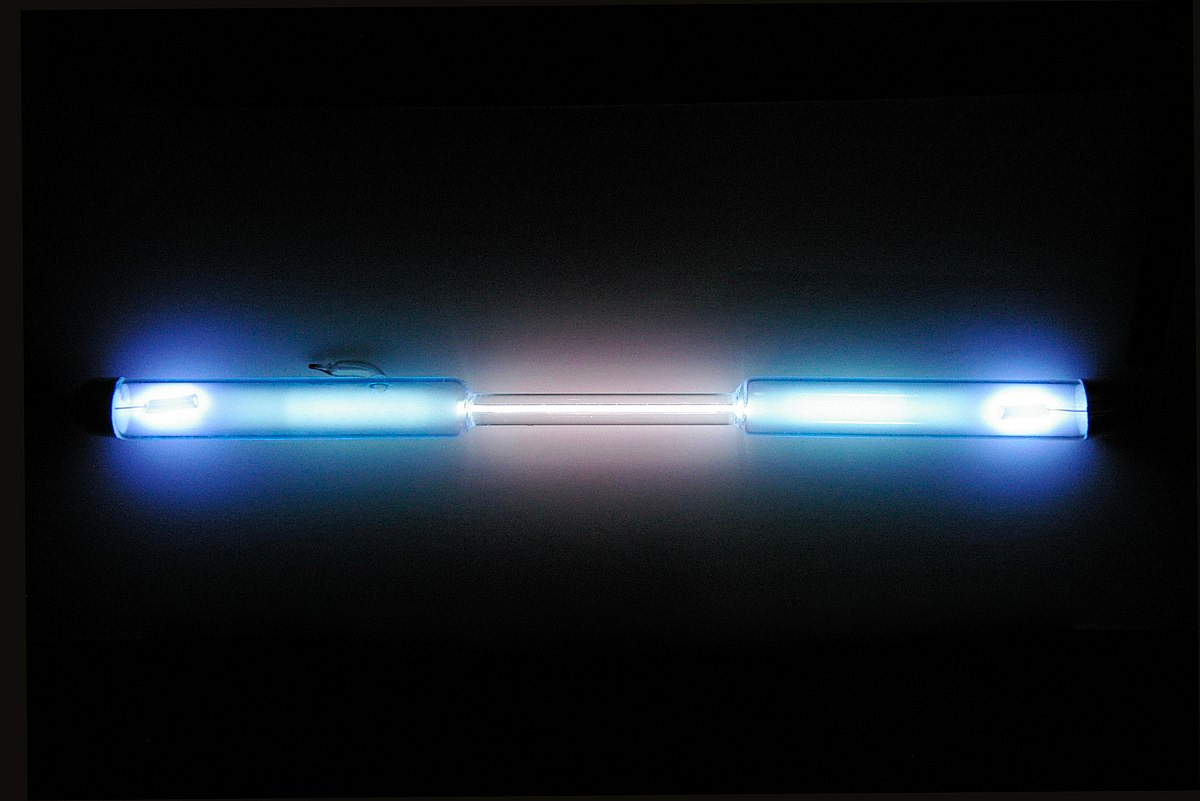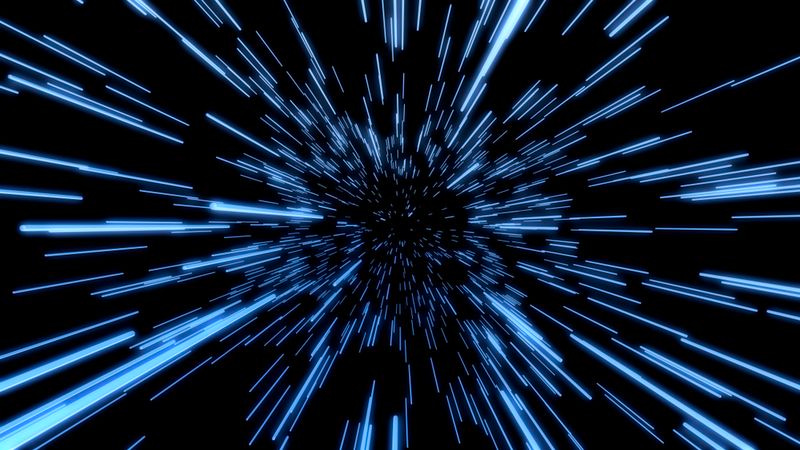"Meter"---A Quantity Evolving with Technology
What is a meter?
The concept of a meter is well accepted and used in everyday life. It is a measurement of length that can be seen everywhere. It is used in civil engineering, physical sciences, environmental sciences, etc. However, how does the definition of a meter evolve over time? From that, we can see that the evolving definition and accuracy of the most fundamental unit in our world are inseparable from technological advancement.
The SI unit of length, meter, originated in France. In May 1790, a special committee of French scientists suggested that the length of the Earth's meridian through Paris should be one forty millionths of the unit length. They chose the Greek word "metron" as its name, which later evolved into "meter." With the advice from French astronomers Geribert and Michien, scientists measured the distance from Dunkirk to Barcelona in the 1790s, establishing a benchmark for measuring the value of "meter."
In 1799, according to the measured results, a platinum meter bar was made with a 3.5 mm ×25 mm short section. The length of the bar was defined as 1 meter, and the bar was transferred to the French Archives Office for safekeeping, also called the "archival meter."
In 1889, at the first International Metrology Congress, the definition of "meter" was approved: "the length of one meter is equal to the distance between two lines at the melting point temperature of the international meter." The international meter is made of 90% platinum and 10% iridium alloy by the International Bureau of Measurement, with an X-shaped cross-section.
Platinum-iridium alloys have the smallest coefficient of expansion and are the most rigid and material-efficient. The International Metrology Commission selects one of several meters as an international meter instrument and distributes the others to members of the Metric Convention as national benchmarks.
However, if the original device is damaged or lost, there will be no basis to make copies, especially when it is challenging to ensure that the copy is entirely consistent with the original instrument. With the development of science and technology, more and more scientists wish to establish the length standard based on more scientific, more convenient and reliable methods rather than using an actual object.
In the late 19th century, scientists found that the infrared chromatographic lines of cadmium had outstanding clarity and reproducibility. In 1927, the international government decided to use this line as the standard of length for spectroscopy, making it the first nonphysical standard scientists found to define the meter.
In 1960, the 11th International Conference on Measurement replaced the cadmium red line with the krypton-86 orange line. It was later discovered that krypton-86's orange line was superior to the red line of cadmium. Thus, the length of 1 meter was determined to be 1650,763.73 times the wavelength of the radiation emitted by krypton-86 atoms during the transition between two specific energy levels in vacuum.
However, the accuracy still needs to be improved since the wavelength of the atomic spectrum is too short and easily affected by current, temperature and other factors. Scientists then discovered that replacing krypton lines with lasers can further improve the accuracy of length measurements. In this case, the accuracy of a meter becomes 4*10^-9, meaning an uncertainty of 4 millimetres over 1000 kilometres.
At about the same time, lasers with excellent directionality, high brightness, and strong monochromator (strong coherence) were introduced, with properties superior to any existing light source. With the development and application of frequency stabilization and servo technology, scientists measured the value of the speed of light in the vacuum---299792458 m/s and its accuracy has been improved 100 times.
In this case, the 15th International Metrology Congress in 1975 proposed a meter could be expressed using the speed of light. Einstein’s special relativity states that the speed of light in a vacuum is constant to an observer, regardless of the inertial frame of reference in which it is observed, and does not change with the relative motion of the reference frame in which the light source and the observer are located. This means that the speed of light is no longer a measurable quantity but a fixed constant. In 1983, the 17th International Metrology Congress defined “meter” as light’s path length in vacuum in 1/299,792,458 seconds.
The evolution of the definition of meter reflects the mutually beneficial relationship between technological advancement in metrology. After all the scientific exploration, we achieved more accurate, precise and pragmatic measurements. The precision and accuracy of the measuring unit would definitely benefit research. In science, a tiny little quantity can make a big difference.






